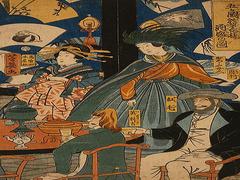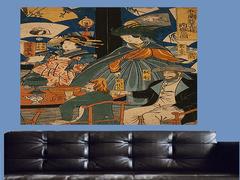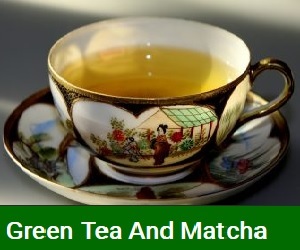Introduction
Japanese woodblock printing, also known as ukiyo-e, holds a significant place in the history of art and culture. This traditional printing technique, developed and refined over centuries, has left a lasting impact on the art world. In this article, we delve into the reasons why Japanese woodblock printing is considered so important and why it continues to captivate audiences around the globe.
Preservation of History and Culture
Japanese woodblock prints offer valuable insights into the history and culture of Japan, particularly during the Edo period (1603-1868). Through ukiyo-e, artists captured scenes from daily life, landscapes, historical events, folklore, theater, and more. These prints provide a window into the social, political, and cultural milieu of the time, preserving a visual record of Japan's past.
Democratization of Art
One of the most remarkable aspects of Japanese woodblock printing is its accessibility and affordability. Unlike many other forms of art, ukiyo-e prints were created with the intention of reaching a wide audience. The relatively low cost of production and distribution allowed people from different social backgrounds to own and appreciate art. Woodblock prints became an integral part of popular culture, offering a way for the masses to engage with and appreciate visual art.
Technical Mastery and Craftsmanship
The artistry and technical skill required for Japanese woodblock printing are awe-inspiring. From the initial design and composition to the intricate carving of the wooden blocks, the process demands precision, patience, and expertise. Woodblock printing showcases the mastery of artists in creating detailed and nuanced images, with a careful balance of line, form, and color. The blending of various printing techniques, such as bokashi (gradation of color) and embossing, further enhances the visual impact of the prints.
Capturing the Essence of Japanese Aesthetics
Japanese woodblock prints embody the essence of Japanese aesthetics. The careful use of negative space, the emphasis on simplicity and elegance, and the harmonious composition resonate with traditional Japanese artistic principles. Ukiyo-e captures fleeting moments, evokes emotions, and celebrates the beauty found in everyday life. The prints showcase the unique balance between realism and stylization, capturing both the physical likeness of subjects and the imaginative reinterpretation by the artist.
Influence on Western Art
Japanese woodblock prints had a profound influence on Western art, particularly during the late 19th century when Japan opened up to the world. Western artists, such as Vincent van Gogh, Claude Monet, and James McNeill Whistler, were captivated by the flattened perspective, bold compositions, and vibrant use of color found in ukiyo-e prints. This influence, known as Japonism, permeated various art movements, including Impressionism and Art Nouveau, revolutionizing Western artistic conventions.
Preservation and Revival of Traditional Techniques
The importance of Japanese woodblock printing extends beyond its historical and artistic significance. Efforts to preserve and revive traditional woodblock printing techniques are vital to safeguarding this cultural heritage. Dedicated artisans continue to practice the craft, ensuring that the intricate techniques, knowledge, and skills are passed down to future generations. This commitment to preserving the tradition of woodblock printing keeps the art form alive and fosters a deeper appreciation for its legacy.
Conclusion
Japanese woodblock printing, with its rich history, technical mastery, and cultural significance, occupies a prominent place in the art world. The accessibility of ukiyo-e prints, the preservation of history and culture, and their influence on Western art have solidified their importance. Japanese woodblock printing continues to inspire and captivate audiences, offering a timeless glimpse into the beauty, craftsmanship, and artistic vision of Japan's rich artistic heritage.
- Unveiling the Artistic Process: Steps of Woodblock Printing
- Japanese Woodblock History - Ukiyo-e: The Floating World Unveiled - A Journey into the Artistic Splendor of Japanese Woodblock Prints
- The History of Japanese Woodblock Printing
- The Artistic Journey: Exploring the Rich History of Japanese Woodblock Prints
- The Birth of a Revolutionary Technique: Woodblock Printing and the Tang Dynasty
- The Innovative Legacy: How Woodblock Printing Led to Remarkable Inventions
- The Significance of Japanese Woodblock Printing: A Timeless Artistic Legacy
- Unlocking the Beauty: How to Identify Japanese Woodblock Prints
- Unveiling the Ancient Art: Exploring the Oldest Japanese Woodblock Print




